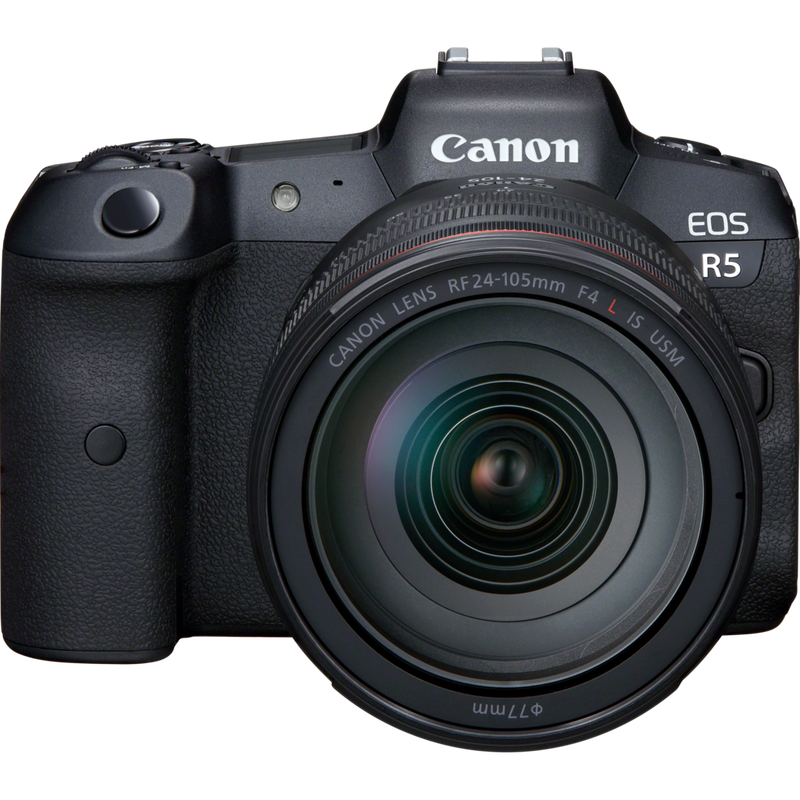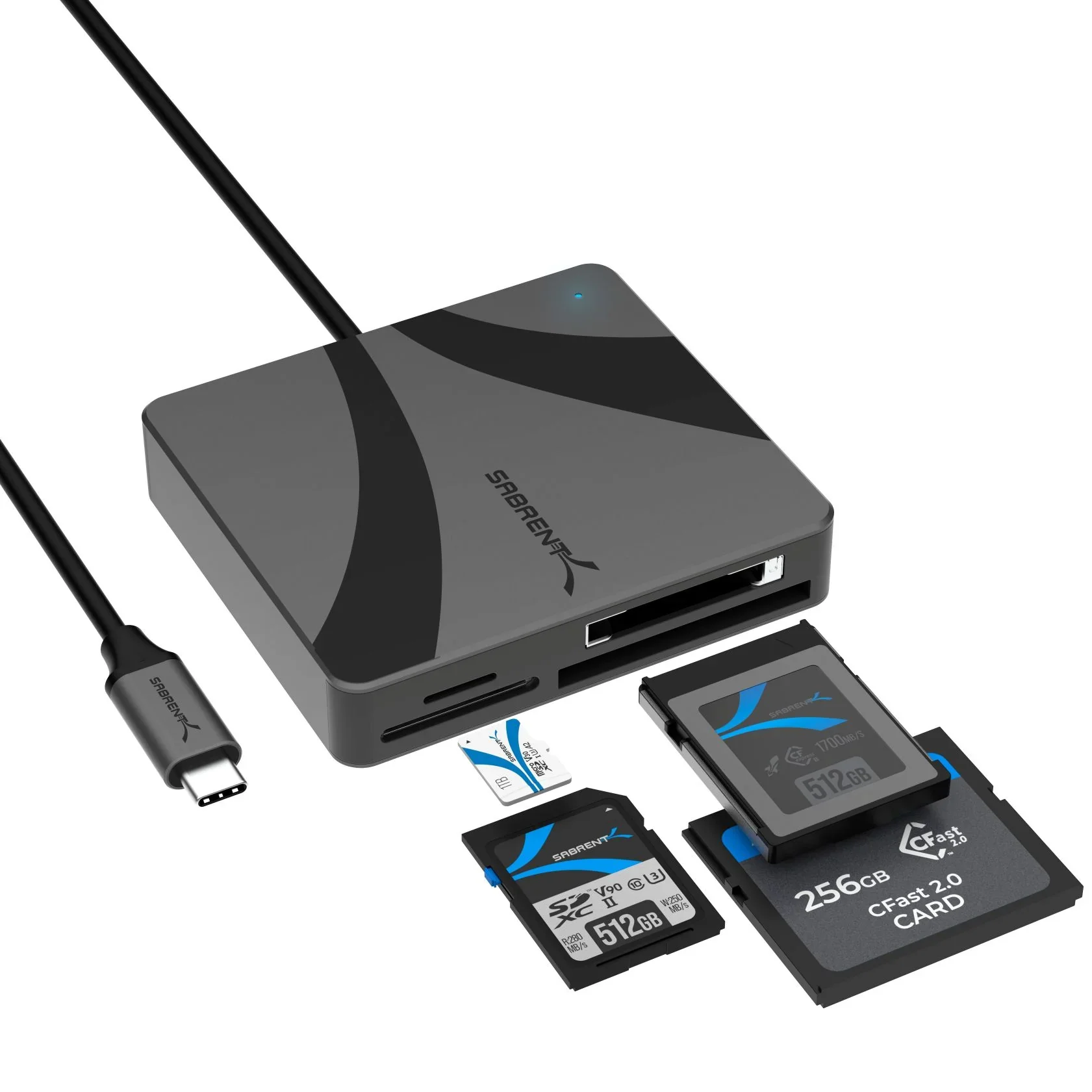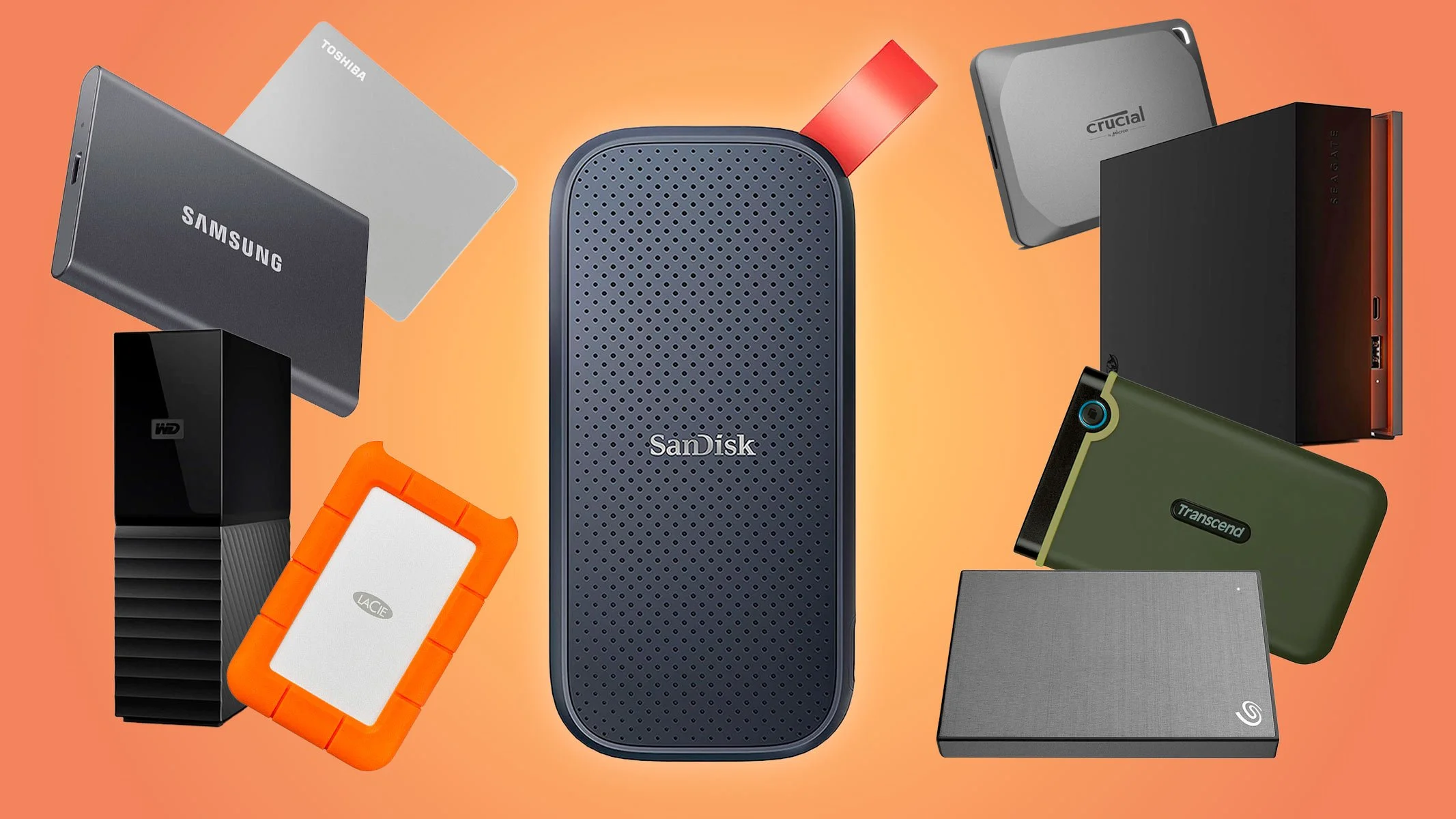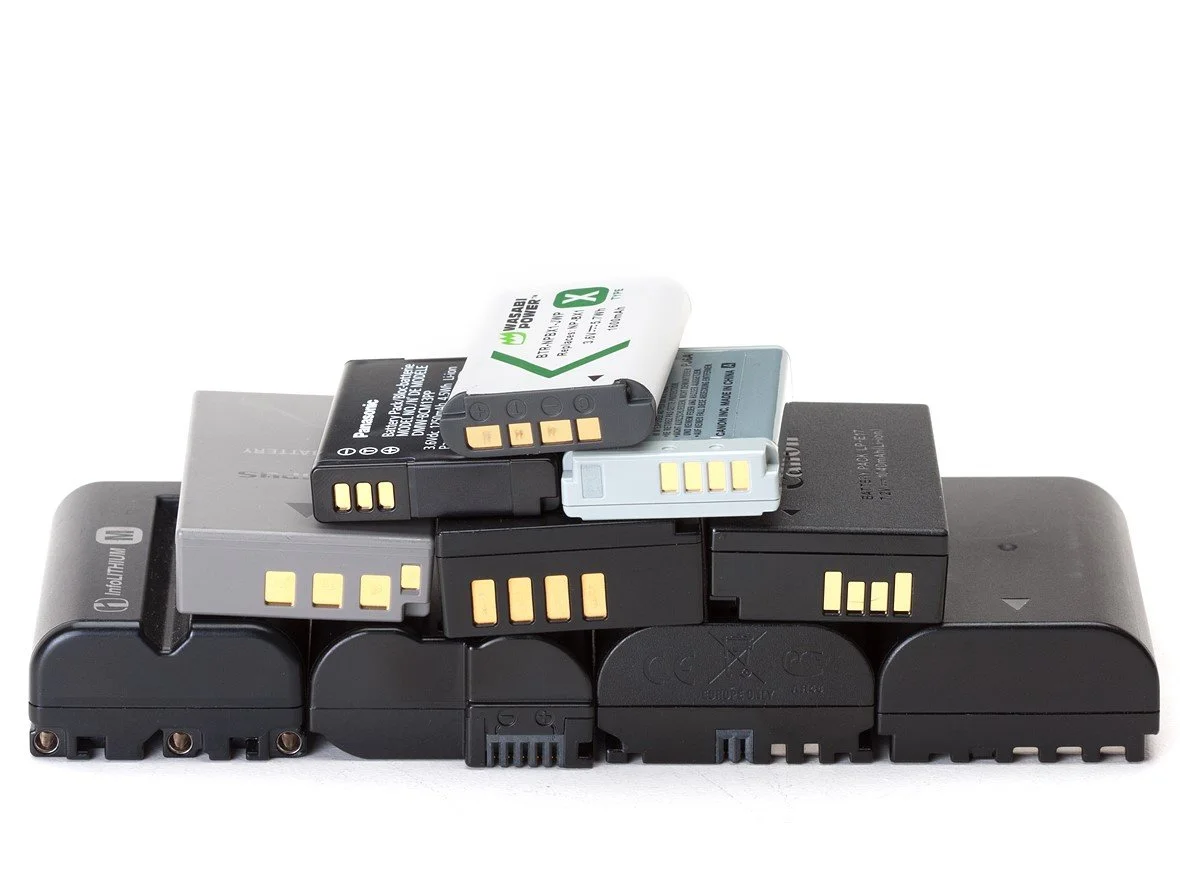equipment overview
© Canon
CAMERA BODY
I use a variety of cameras, depending on the job. Currently I work with a Canon EOS R-5. I usually have two bodies in case something goes wrong with one.
Please update your firmware. You will have to Google this for your specific camera and lens/es. Follow the instructions for installing it very carefully!
We will set up your camera in class. For now, just make sure that your batteries are charged, you know where all the bits are that came with it and that it's clean.
© Canon
LENS/ES
I use a selection of prime lenses (they don't zoom). We will discuss lenses in detail in our class if you don't know what the differences are (yet).
Make sure that your lenses are clean from dust, both on the outside and on the front of the lens.
Use only lens cloths to clean your lens; any scratches will show up in your images, as will dust specks.
© ProGrade Digital
Credit: SD Card Association
MEMORY CARDS
Speed matters in memory cards, as does reliability. Don't go and buy the biggest there is, some older cameras can't read high capacity SD cards, plus, if your data ends up corrupted, it's so much more that gets lost. I generally use 64GB cards for stills photography.
Brands that I trust: SanDisk, Kingston, Lexar.
Choose cards with speed class 1 or 3 (the video category is new and only applicable if you record video too)
I normally have at least 2 cards. I don't delete anything from my cards until I've backed up the images. But do clear your cards often and format them occasionally.
CARD READER
Please don't use the USB cable that came with your camera to transfer images from camera to computer. These connections are often very unstable, plus the USB protocol is commonly outdated, resulting in very slow transfers. If your computer doesn't have a card slot, please use a card reader. Find the one that is compatible with your available computer ports.
I don't endorse a specific brand.
Credit: (SanDisk, LaCie, Western Digital, Seagate, Toshiba, Samsung, Transcend, Future)
EXTERNAL HARD DRIVE
You need free space available on your computer to optimize performance. Download your images to an external hard drive. We will be working with RAW files that are a lot bigger than your regular images, so you will quickly run out of disk space.
It is crucial to purchase only established brands. Hard drives are prone to failure. Solid State drives (SSD) are more reliable and they’re increasingly more affordable.
Brands I work with consistently : Seagate, WD, Lacie, Toshiba.
Space: These drives are getting less expensive every year, but I wouldn't go under 2TB. Most of my drives are 4TB or more.
TRIPOD
Features to look for in a tripod:
Purpose. Decide what you need it for. If you use it only occasionally, then there are probably a few features you can put lower on your list.
Stability. It shouldn't wobble when you have a camera mounted on it. A dead giveaway is often the thickness of the legs and the types of connectors
Weight. If it's made from steel, it'll be heavy but durable. Aluminum will be light but not very durable. I find that carbon fiber strikes the right balance between strength and weight.
Portability (you won't use it if it's cumbersome to take along). If it can fold up fairly small, you can take it on a plane when you travel, instead of checking it in, and trust me, you don't want to check it in.
Maximum and minimum height (!) - It should match your eye level at the very least when it's fully extended.
Load Capacity (i.e. can it carry the weight of your camera and heaviest lens?)
The head. You get different kinds of heads and you can change yours out if you don't like it. Many consumer brands come bundled with the head, but some brands allow you to choose a combination of the two.
Credit: DPReview
Batteries and Charger
One battery is not enough. How often have I assumed that my battery is fully charged, only to discover to my horror that it's not the case.
The life of your battery will shorten the more you charge and discharge it. So, if you find that you can hardly use your camera before the battery dies, it's time to change it for a new one.
I usually have AT LEAST two batteries in my bag. More if I shoot video.
Remember, extreme weather will also shorten the life of your batteries.






